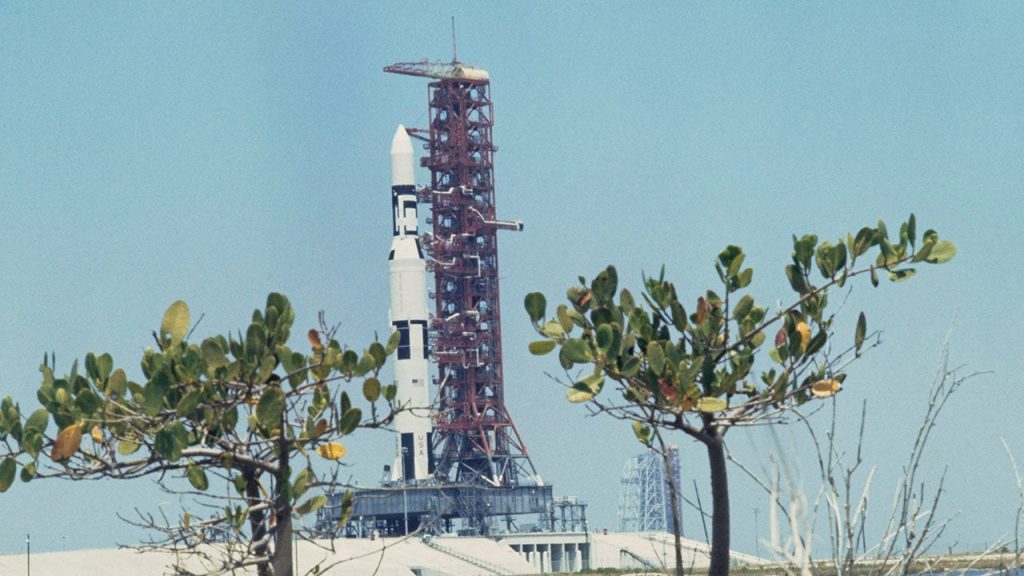On May 14, 1973, America’s first space station, Skylab, launched into Earth’s orbit on a modified Saturn V rocket at Florida’s Kennedy Space Center. This marked the last time the Saturn V rocket was used in spaceflight. The launch of the space station was not without complications, as technical problems developed due to vibrations during liftoff, resulting in a critical meteoroid shield ripping off and one of the craft’s solar panels not deploying. NASA engineers had to take measures to lower the temperature of the workshop within Skylab.
Skylab 2, the mission that sent Skylab its first crew, was delayed for 10 days in order to teach the astronauts how to mitigate the damage the space station received on liftoff. The first crew of Skylab, consisting of Commander Charles “Pete” Conrad, pilot Paul J. Weitz, and science pilot Joseph P. Kerwin, arrived on May 25, 1973, and stayed aboard for the entire 28-day mission. The crew made history by engaging in a repair spacewalk to release stuck solar panels, setting a record for the longest spacewalk duration of three hours and 25 minutes.
Skylab astronauts returned to Earth on June 7, 1973, setting a new record for the longest human space flight. They were the first astronauts to return alive from a mission to a space station, unlike the crew of the Soviet space station Salyut 1 who died upon re-entry. Skylab remained in space until July 11, 1979, when it disintegrated in Earth’s atmosphere, with parts found in Australia and the Indian Ocean. The crew of Skylab 4 departed back to Earth in February 1974, leaving the space station unoccupied.
Today, the International Space Station (ISS) orbits Earth at an average altitude of 248 miles and circles the globe every 90 minutes. The ISS is a partnership of five space agencies from 15 countries that contributed different parts to it, including the United States, Russia, Japan, Canada, and the countries comprising the European Space Agency. At night, the ISS is visible from Earth as a luminous moving point of light, rivaling the brightness of the planet Venus, and can be seen without the use of a telescope by night sky observers.
The ISS has become a symbol of international cooperation in space exploration, serving as a laboratory for scientific research and a testing ground for future missions to Mars and beyond. As humanity continues to push the boundaries of space exploration, the legacy of Skylab lives on in the achievements of the ISS and the ongoing quest for knowledge beyond Earth’s atmosphere. The story of Skylab serves as a reminder of the ingenuity and determination of those who seek to explore the unknown and expand the horizons of human knowledge.


